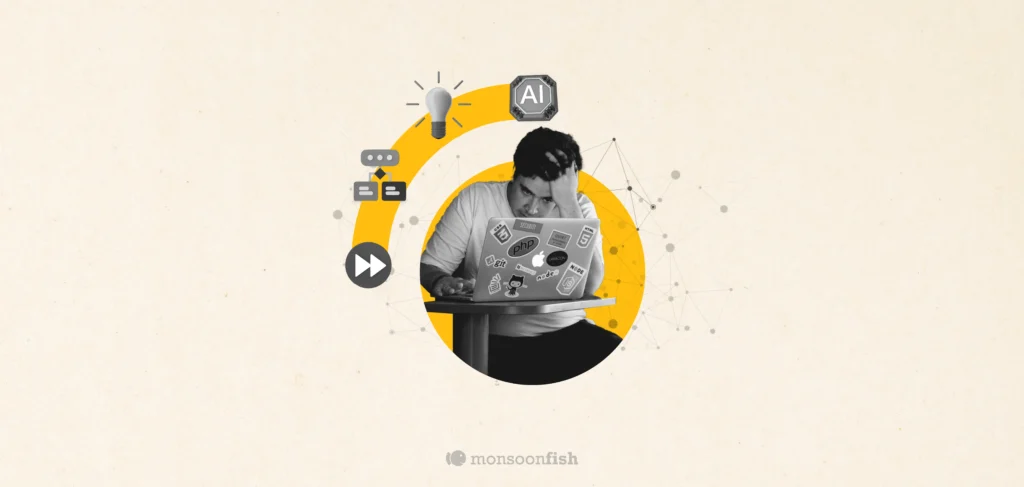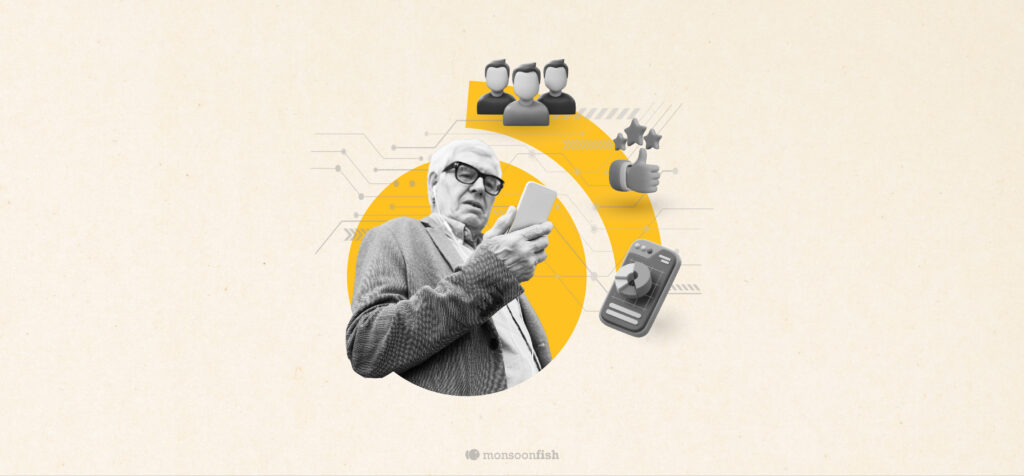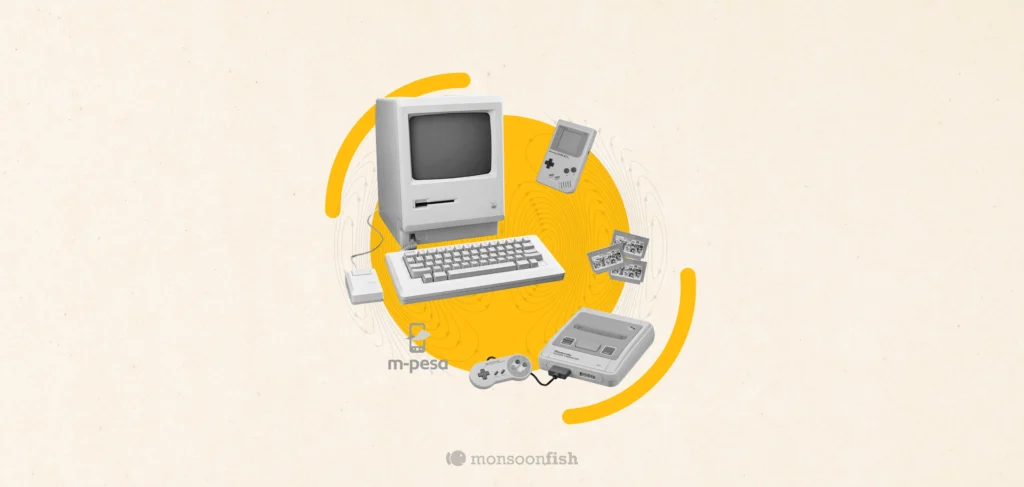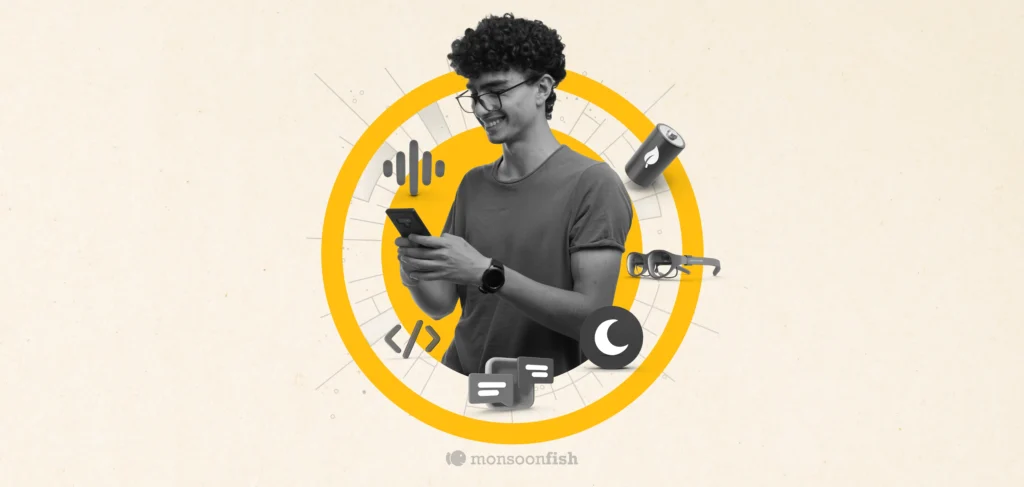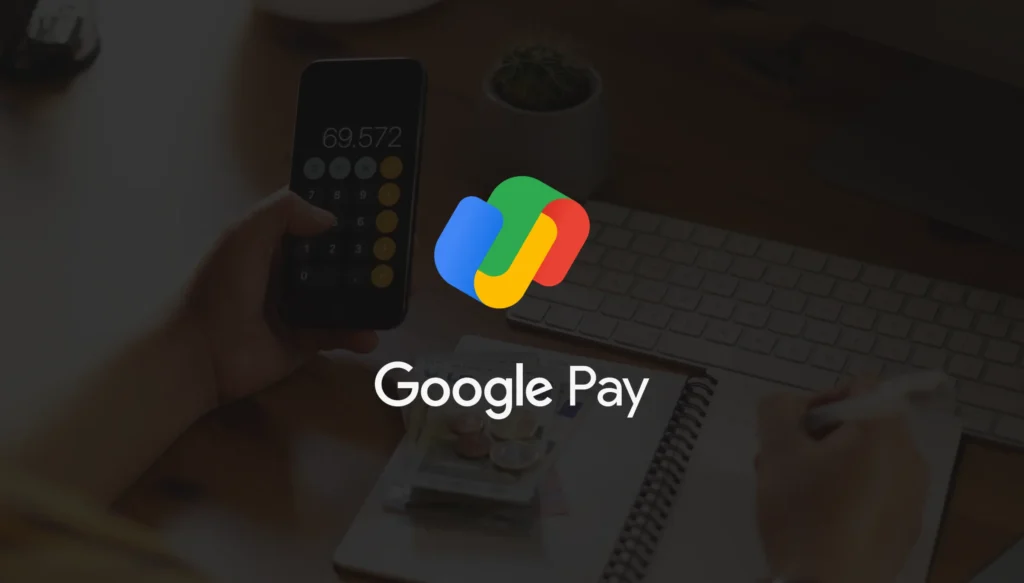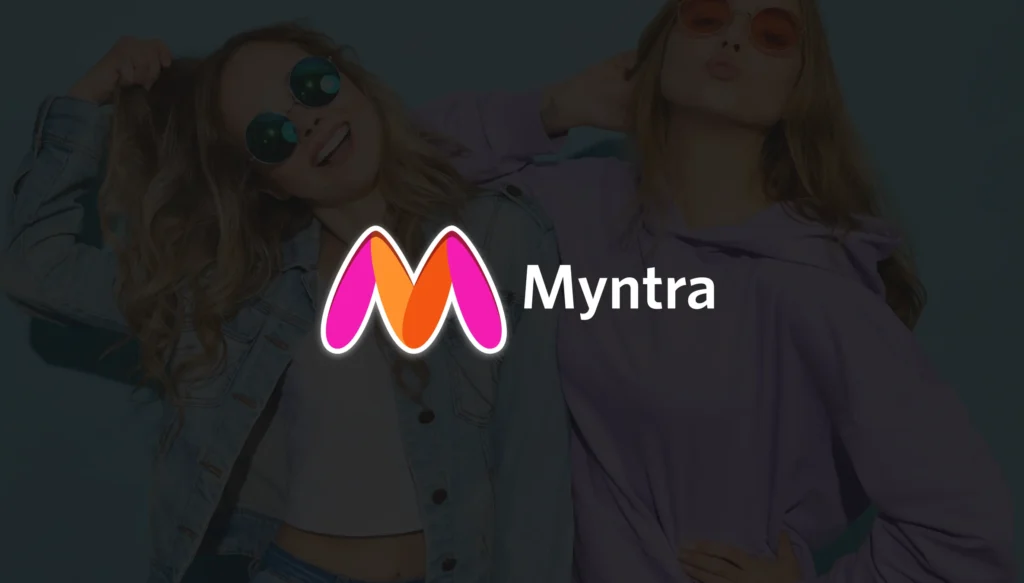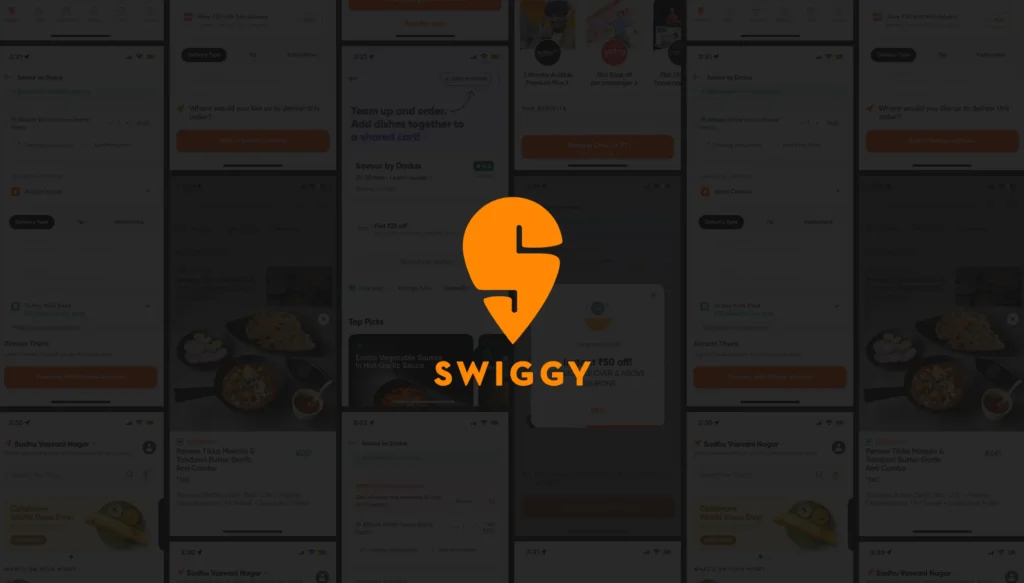Improvement = Actionable Feedback!
The best way to improve your website is by listening to your user feedback. But how to nail the right questions so that we end up with the precise feedback for our UX design?
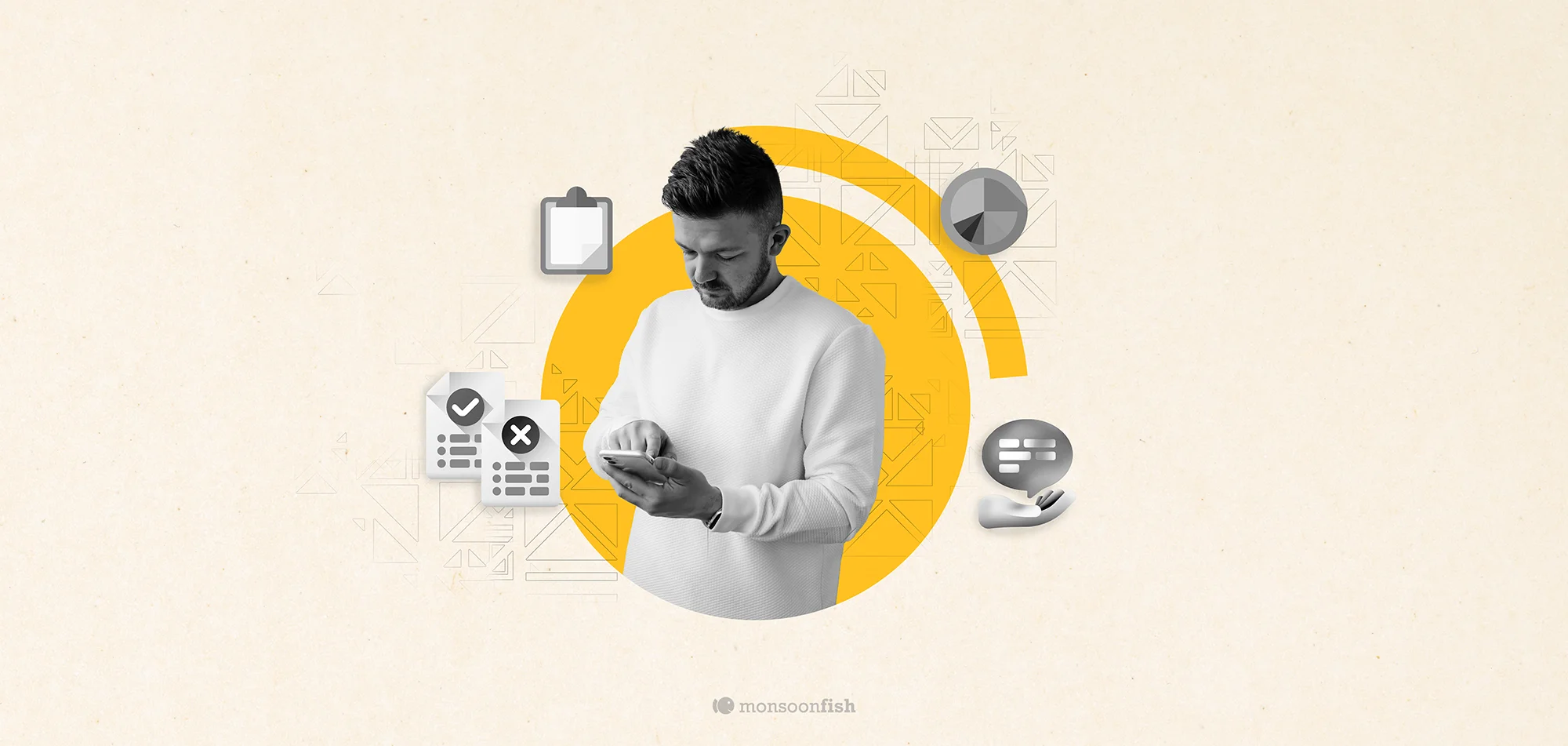
The best way to improve your website is by listening to your user feedback. But how to nail the right questions so that we end up with the precise feedback for our UX design?
In this, the main thing we need to remember is that qualitative data triumphs quantitative data.
There’s a point in the feedback as long as it is actionable, agree?
The first step is to define your objectives. What are the things that you are trying to find out? Why are people abandoning your site? What is standing on the path to conversions? Do you want to make your site flawless by catching all the bugs and errors?
Depending on your objectives, the feedback questions will differ. However, there are more than a couple of basic fundamental questions which are applicable and mandatory for all kinds of businesses.
The Questions
Why did you visit our website?
This is a straightforward, bee-line question to find out what your customers are looking for and then to analyze if you’re actually providing it.
Even though the question seems quite a basic one, some of the answers might surprise you or give you clarity on user objectives that had skipped your mind. For example, are the right people surfing your site? Are you giving them the information they desire? Analytics will answer your questions as to how many people are visiting your site but a detailed feedback will tell you that why they are there on your site.
Did they find what they were looking for?
This question is essential in finding out if your website is delivering what is desired by the users and it will also address any valuable navigation issues along with content issues.
Content is of utmost importance as if the users do not find what they are looking for, they are bound to leave your site. Through the feedback, it is possible to reach precise content requirement. This will ensure that the user sticks to your site and doesn’t go looking for another site with better content.
What was your goal and did you manage to achieve it?
This question gives important insight into users’ motivations. With the garnered understanding of your user’s goals, you can make informed changes on your site to ensure that you are facilitating optimal user experience.
Do you have any questions that you couldn’t find answers to?
Sometimes you can bypass your objective when you’re looking at something closely or for a long time. Asking your users this question will highlight the areas for improvement. Asking your users directly is the best way to understand user experience.
What were the challenges you faced while finding what you were looking for?
It may seem like a bad thought to ask your users to talk about negative things about their experience, but sometimes it might turn out to be the most valuable information. You’re truthfully asking them the about the barriers that are standing between your conversions i.e. what is not allowing them to complete the given task/action.
This is a great way to determine the Customer Effort Score (CES) of your site and the designing. CES is growing to be one of the best metric to measure customer loyalty. The sad part is that your customers will be more willing to tell you what is not working than what is, but this information might just optimize your website so go for it!
How can we improve our page?
Asking your users for specific information will make it possible to implement the exact changes. This way, you don’t have to re-do the entire thing but just have to improvise on the required parts.
Other questions that you can consider:
• What would you change on our website if one change was allowed to you?
• Based on your visit, how would you rate the overall experience?
• What’s preventing you from signing up?
• Was this page helpful?
You can create your own questionnaire this way. While creating one, do keep in mind that feedback should always pinpoint on getting information that you can utilize for betterment. Try to avoid the affirmation/negation questions and try to create open-ended questions. If you want to provide the best overall experience, increase your conversion rate and narrow down on the best working designs, listen to your users!
CATEGORIES
